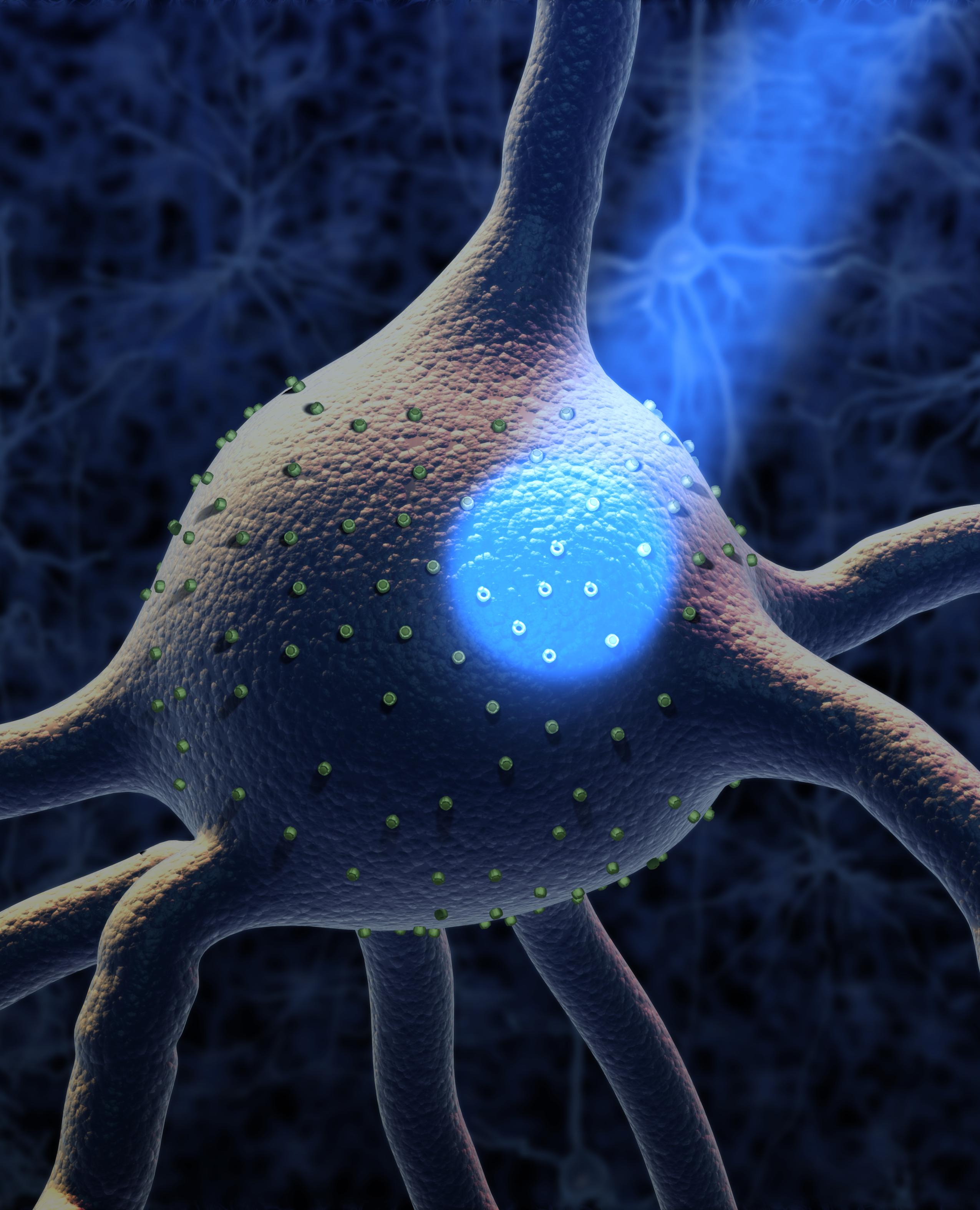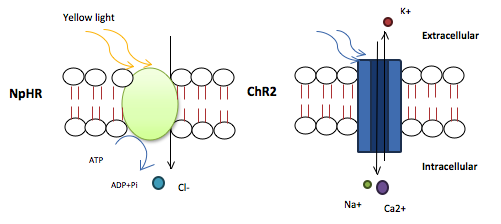Optogenetics: A Light Based approach to mind control?

Imagine being able to control behaviour with the switch of a button. The ability to manipulate brain cells down to the millisecond and in specific areas. This research exists, and, as such, has the potential to interrogate the “neural code” – the patterns of activity through which networks of neurons communicate. The possible applications for scientific research are vast; from brain-machine interfaces to detecting small abnormalities in disease states such as in Alzheimer’s disease.
In 1979, Francis Crick outlined a major difficulty in neuroscience; how to selectively stimulate specific cell types. He proposed a light-based approach, although nobody knew how to implement it at the time. Pharmacological methods act too slowly to influence neurons appropriately, while electrical stimulations are not cell population specific. Remarkably, it has been demonstrated that when an algal gene named ChR2 is present in mouse cells it can stimulate neuronal activity in response to specific wavelengths of light 1. This has given rise to techniques collectively named optogenetics, in which light-sensitive genes are utilised for their ability to influence cellular communication.
Optogenetic methods have been augmented through an approach by Zhang et al. 2 where a light-sensitive gene named NpHR, in conjunction with the excitatory ChR2, can be used to create organisms which can be bi-directionally controlled by light with no detectable detrimental effects. This provides a convenient “on/resting/off switch” control of neuron activity.
The expansion of the optogenetic toolbox in under a decade is remarkable and its development continues to be at the forefront of neuroscience innovation 3. Indeed, such is the interest in the technique that citations of optogenetic papers have grown exponentially. As its popularity has grown, optogenetics is beginning to be applied across biomedical sciences. Individual biochemical have been genetically manipulated to become responsive to light, while optogenetically controlled heart cells have great potential as pacemakers.
References
- Boyden, E.S., Zhang,F., Bamberg. E. Nagel, G., Deisseroth, K. (2005) Millisecond-timescale, genetically targeted optical control of neural activity. Nat Neurosci. Sep;8(9):1263-8. Epub 2005 Aug 14.
- Zhang, F., Want, L., Brauner, M., Liewald, J.F., Kay, K., Watzke, N., Wood, P.G., Bamberg, E., Nagel, G., Gottschalk, A., Deisseroth, K. (2007) Multimodal fast optical interrogation of neural circuitry. Nature, vol. 446/5 April
- Deisseroth, K. (2010) Optogenetics.Nature Methods, Dec,doi:10.1038, 1-4.











